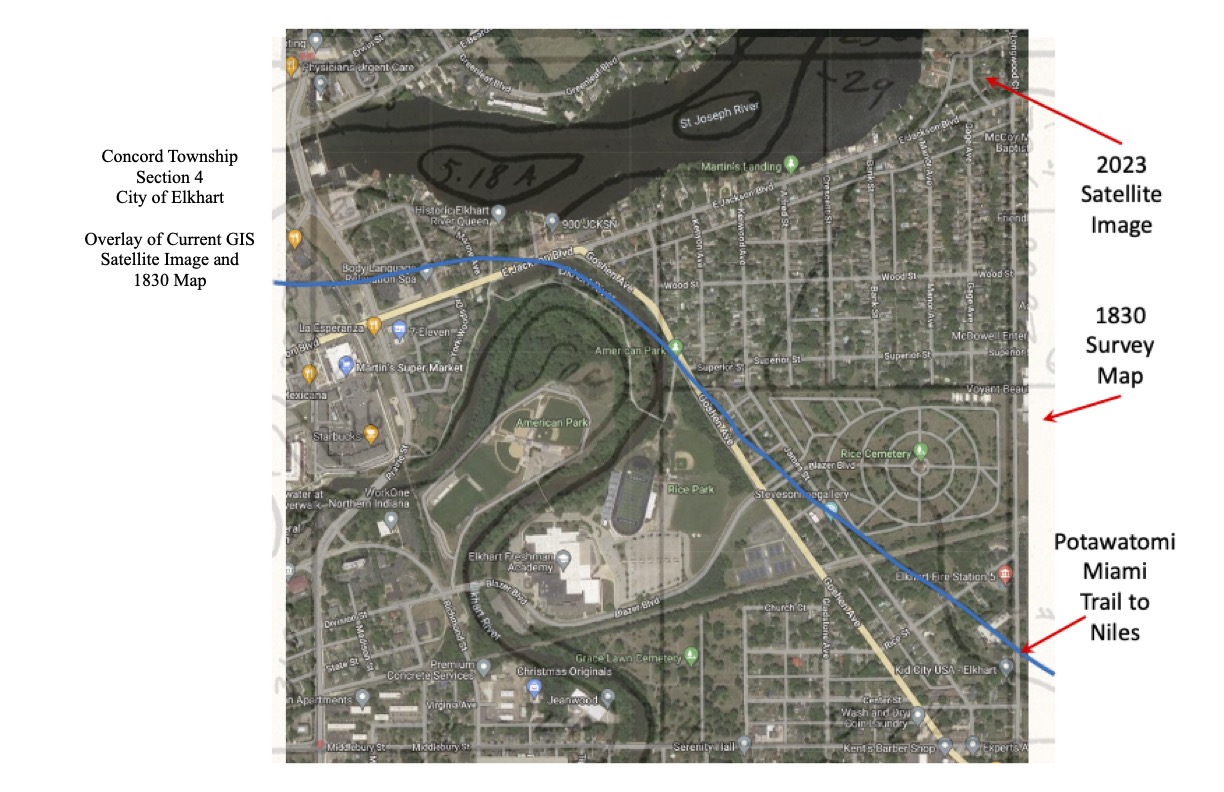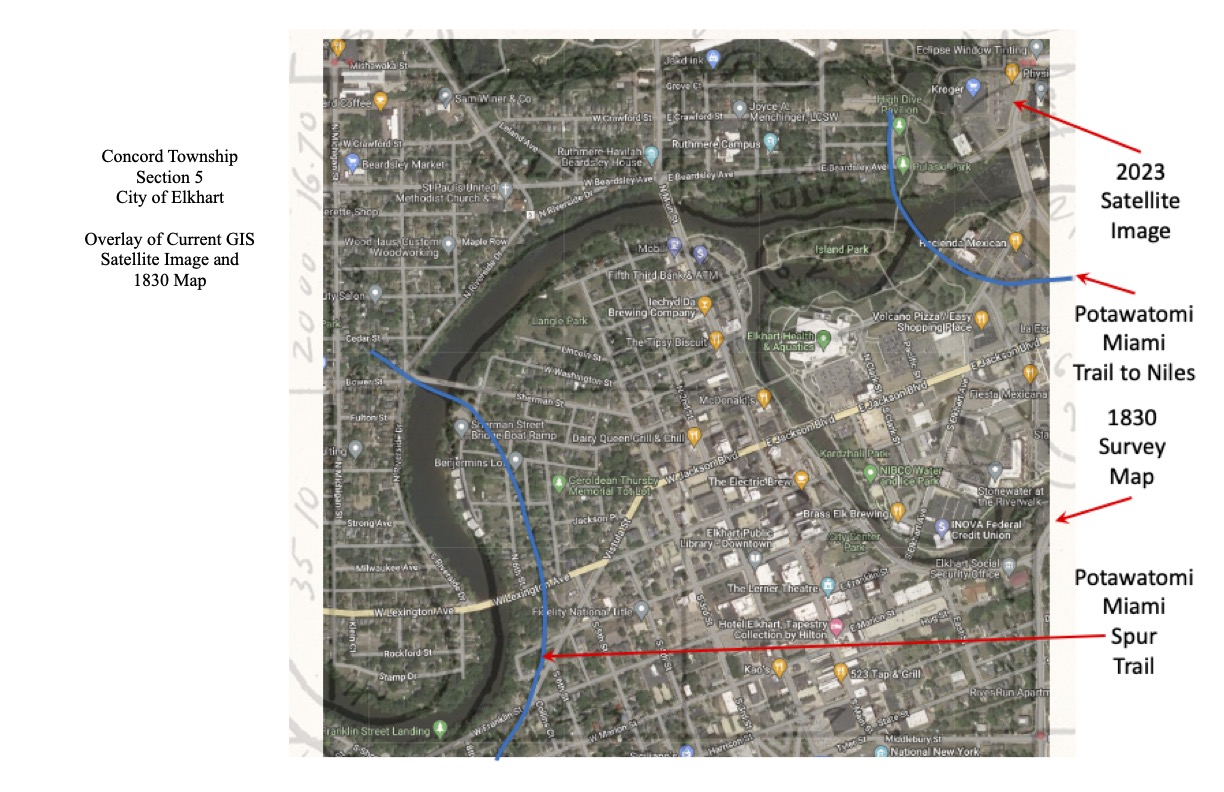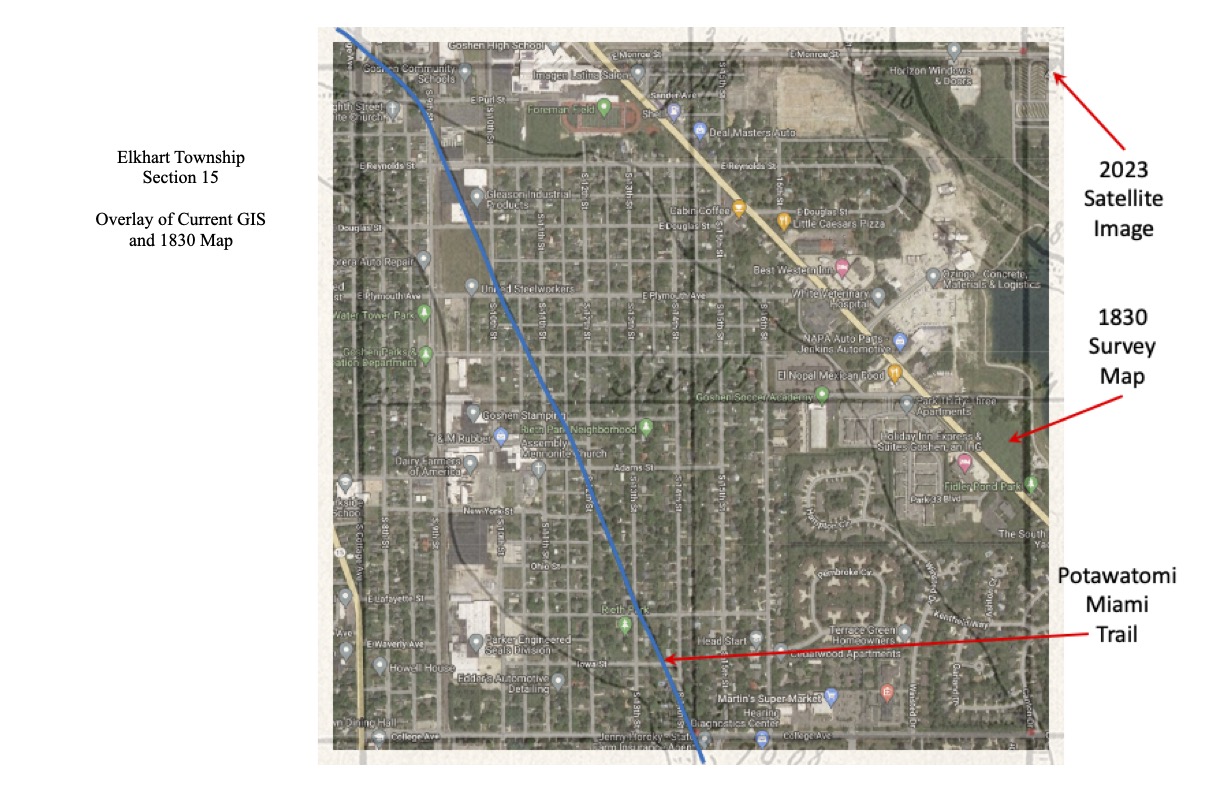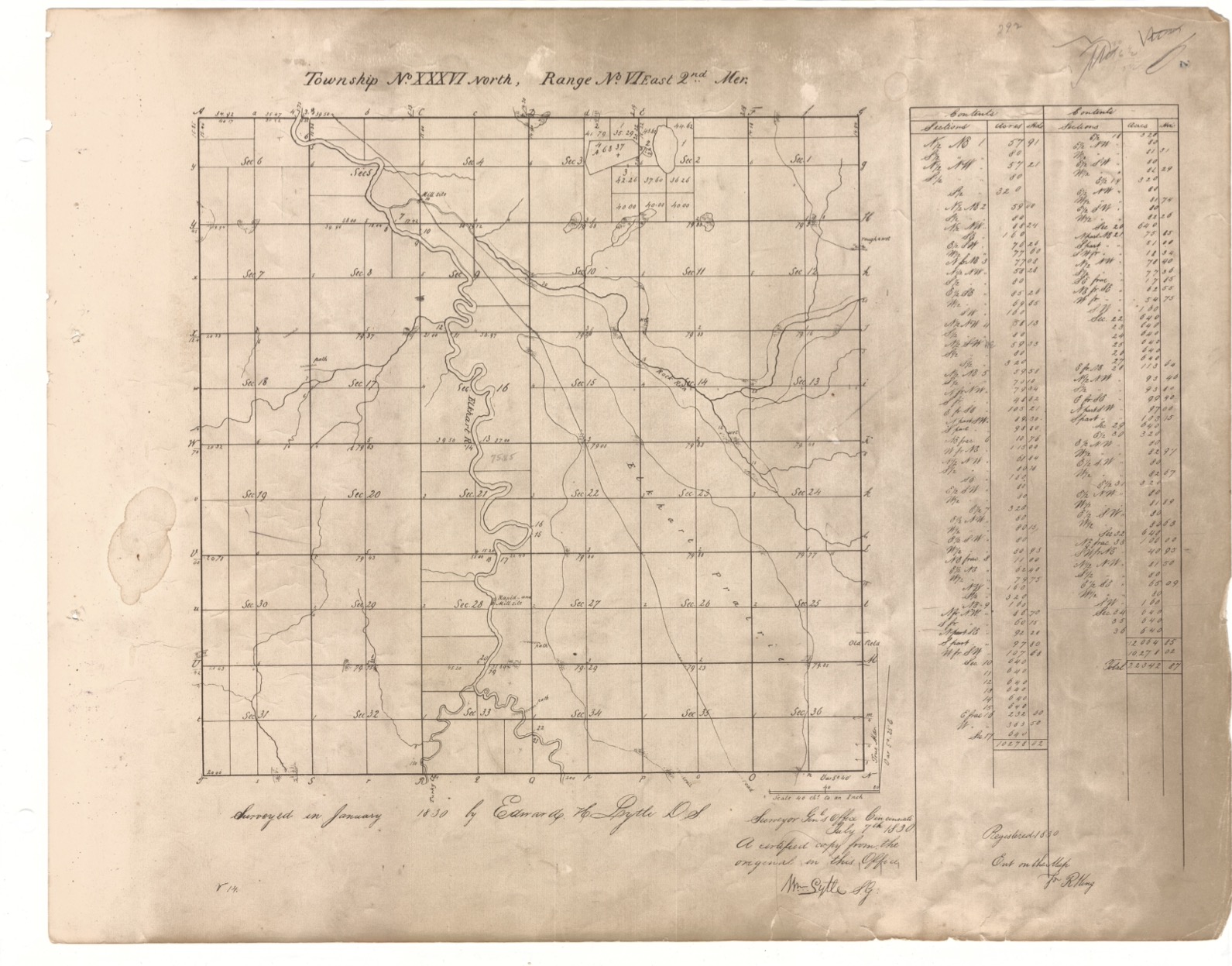
Sacred Footprints: Navigating the Enduring Legacy of Potawatomi Ancestral Ceremonial Grounds
Forget the typical tourist traps and predictable itineraries. For the discerning traveler seeking a profound connection to the land and its ancient stewards, a journey into the world of Potawatomi ancestral ceremonial grounds offers an unparalleled experience. This isn’t about ticking off landmarks; it’s about respectful engagement with living history, spiritual landscapes, and the enduring resilience of a vibrant indigenous culture.
This article reviews the experience of understanding and respectfully engaging with these sacred places, acknowledging that many are not public tourist sites, but rather cherished heritage areas requiring a thoughtful approach.
The Unseen Power: What Are Potawatomi Ancestral Ceremonial Grounds?

To understand these grounds is to understand the Potawatomi people themselves, the "Keepers of the Fire," whose ancestral lands once spanned vast areas of the Great Lakes region – from parts of Michigan, Wisconsin, Illinois, Indiana, and Ohio, extending into Canada. These ceremonial grounds are not merely historical markers; they are arteries of cultural memory, places where generations connected with the Creator, honored ancestors, performed healing rituals, conducted naming ceremonies, celebrated harvests, and prepared for significant life transitions.
These are the places where the Potawatomi worldview – deeply rooted in reciprocity with the natural world, interconnectedness of all life, and respect for spiritual guidance – was, and continues to be, expressed. They are often natural features – ancient groves, serene lakeshores, river bends, elevated mounds, or specific clearings – chosen for their inherent spiritual power, their connection to migratory paths, or their strategic significance for community gatherings. The "maps" of these sites are not always paper documents; they are etched in oral traditions, tribal histories, and the very landscape itself, passed down through generations.
The Challenge of "Mapping" and Access
One of the most crucial aspects of reviewing these locations is acknowledging the inherent sensitivities surrounding them. Unlike a national park with clearly marked trails, many ancestral ceremonial grounds are not publicly accessible, nor should they be treated as mere tourist attractions. Some are on private land, others within reservation boundaries, and many are considered deeply sacred, requiring specific protocols and permissions for entry, often only granted to tribal members or those participating in specific ceremonies.

The "maps" associated with these grounds are multifaceted. Historically, they existed in the minds of the Potawatomi people, guided by astronomical observations, geological features, and generations of accumulated knowledge. Colonial expansion, forced removal (the infamous "Trail of Death" for the Potawatomi), and subsequent land appropriation often erased or obscured the physical markers of these sites. Today, efforts by various Potawatomi nations (such as the Citizen Potawatomi Nation, Forest County Potawatomi, Match-E-Be-Nash-She-Wish Band of Potawatomi, Pokagon Band of Potawatomi, and others) involve archaeological surveys, historical research, and the painstaking work of reconnecting with oral histories to identify, protect, and revitalize these sacred spaces.
Therefore, a "review" of these locations for a traveler becomes a review of the journey of discovery and the ethical frameworks for engagement. It’s about seeking understanding rather than simply visiting.
The Traveler’s Journey: Respectful Engagement and Deep Learning
So, how does a traveler respectfully engage with the legacy of Potawatomi ancestral ceremonial grounds? The experience is less about physical access to every single site and more about immersing oneself in the broader cultural landscape and supporting the ongoing efforts of the Potawatomi people.

1. Cultural Institutions: The Gateway to Understanding
The most accessible and appropriate entry point is often through tribal cultural centers and museums. These institutions, often located on or near tribal lands, are invaluable resources. They are curated by Potawatomi people, offering authentic narratives, historical artifacts, and art that speak to the spiritual significance of the land.
- Review: Visiting institutions like the Citizen Potawatomi Nation Cultural Heritage Center in Shawnee, Oklahoma (despite being outside the original ancestral lands, it tells a powerful story of removal and resilience) or the Pokagon Band of Potawatomi Museum in Dowagiac, Michigan, provides an immersive experience. Here, you’ll encounter detailed exhibits on traditional ceremonies, the role of specific natural elements (like fire, water, tobacco, cedar), and the history of sacred sites. These centers often include interactive displays, oral histories from elders, and sometimes even reconstructed traditional dwellings. The feeling is one of deep respect and genuine invitation to learn, allowing travelers to grasp the profound meaning behind the "maps" of their ancestral grounds. You leave with a sense of the living culture, not just a historical relic.
2. Public Lands with Acknowledged Potawatomi Heritage

While direct access to specific ceremonial grounds may be restricted, many public lands within the ancestral Potawatomi territory hold deep historical and cultural significance. State parks, national forests, and even some city parks in the Great Lakes region are increasingly acknowledging their indigenous heritage.
- Review: Consider visiting a place like Sleeping Bear Dunes National Lakeshore in Michigan or Indiana Dunes National Park. While not explicitly "ceremonial grounds" in the most sacred sense, these breathtaking natural landscapes were integral to Potawatomi life, providing resources, spiritual solace, and pathways for travel. Many have interpretive signs or programs that acknowledge the Potawatomi presence. The experience here is one of walking the same land, breathing the same air, and gazing upon the same waters that sustained generations. With prior research, a traveler can bring a deeper layer of understanding to their visit, recognizing the trees, rivers, and wildlife through a Potawatomi lens of interconnectedness. It becomes a contemplative journey, allowing for personal reflection on the deep history embedded in the natural world. Look for sites that have partnered with local tribes for interpretation, as this ensures authenticity and respect.
3. Educational Resources and Literature
Before embarking on any journey, whether physical or intellectual, thorough preparation is key. Engaging with books, scholarly articles, documentaries, and particularly tribal websites provides invaluable context.
- Review: The "experience" of delving into resources like "The Potawatomi: Keepers of the Fire" by James Clifton or the comprehensive historical sections on various Potawatomi Nation websites is crucial. This pre-travel engagement allows for a more informed and respectful physical journey. Understanding the history of forced removals, the resilience in preserving language and traditions, and the spiritual significance of specific animals or plants enhances the on-site experience immensely. It equips the traveler with the knowledge to appreciate the subtle cues of the landscape and the profound stories they represent, making the eventual physical or virtual "visit" far more meaningful.
4. Supporting Tribal Initiatives and Economic Development
Part of respectful engagement is recognizing the ongoing sovereignty and self-determination of Potawatomi nations. Supporting their economic ventures, artistic endeavors, and cultural preservation efforts directly contributes to their ability to protect and maintain their sacred sites.
- Review: This "review" is less about a specific location and more about the impact of conscious choices. Purchasing authentic Potawatomi art, attending tribal-sponsored events (when open to the public), or supporting businesses that ethically partner with tribal nations are tangible ways to show respect. This transforms the travel experience from passive observation to active solidarity. It reinforces the idea that these are living cultures, not just historical footnotes, and that their ancestral lands continue to be vital to their identity and future.
Ethical Considerations for the Conscious Traveler
- Respect Privacy: Understand that many sacred sites are not for public viewing. Do not trespass on private or tribal lands.
- Listen to Indigenous Voices: Prioritize information and interpretation provided by Potawatomi people themselves.
- Leave No Trace: If you do visit public lands with Potawatomi heritage, practice Leave No Trace principles rigorously.
- Be Mindful of Photography: Always ask permission before photographing people. Be judicious and respectful when photographing landscapes that might hold sacred significance.
- Educate Yourself: Continuous learning about Potawatomi history, culture, and contemporary issues is an ongoing journey.
- Challenge Colonial Narratives: Be aware that many historical accounts are biased. Seek out and amplify indigenous perspectives.
The Profound Impact: A Deeper Connection to Place
Engaging with the legacy of Potawatomi ancestral ceremonial grounds is not a typical vacation. It is a transformative experience that challenges preconceived notions of history, land ownership, and spirituality. The "review" of this journey is overwhelmingly positive, not for its Instagrammable moments, but for its profound impact on the traveler’s perspective.
The experience cultivates a deeper sense of place, an appreciation for the intricate relationship between people and land that spans millennia. It fosters humility, reminding us of the enduring presence and wisdom of indigenous cultures. You walk away with an expanded understanding of the Great Lakes region – not just as a geographical area, but as a deeply spiritual and historically rich cultural landscape.
The enduring legacy of the Potawatomi ceremonial grounds, even when unseen, radiates a powerful presence. It is a testament to the resilience of a people, the sacredness of the earth, and the timeless human need for connection to something greater than ourselves. For the traveler willing to approach with an open heart and a respectful mind, this journey offers not just a glimpse into the past, but a profound connection to the living spirit of the land and its Keepers. It is an invitation to listen to the echoes of ancient ceremonies carried on the wind, and to walk, however humbly, in the sacred footprints of those who came before.


